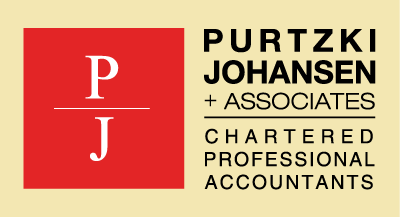
Sophie is looking forward to start her post-secondary education. To pay for the university fees of $15,000, which includes $7,000 of tuition fees, her mom is planning to use the RESP, which has a balance of $90,000. In addition to her contribution of a maximum of $50,000, and the government grant (CESG) of $7,200, she generated a total investment return of $32,800 to make up the balance.
She can take the $50,000 as a Refund of Contribution (ROC) from the RESP without any tax. The remaining funds, which CRA calls “Educational Assistance Payments” (EAP) are taxable income to Sophie.
There are limits of how much money you can draw from the RESP. The maximum EAP withdrawal is $5,000 for the first 13 consecutive weeks of studies. After 13 weeks, any amount can be withdrawn, up to the 2020 annual limit of $24,432.
How much money Sophie takes out as EAPs in 2020 depends on her income. Her 2020 income consists of a part-time summer job and payments under the Canada Emergency Student Benefit (CESB) totalling $8,000.
For 2020, she can earn up to $13,229 before starting to pay federal income taxes. To use up the tax free room, she should consider taking $5,229 of EAP income from the RESP. Mother would draw $9,771 as a ROC to make up the shortfall of the $15,000 university cost.
Sophie is able to transfer up to $5,000 of tuition fees to her mom, resulting in a $2,000 carryover to the following year. The $5,000 tuition transfer is a tax credit which it is worth the same to Sophie and her mother. Unused tuition credits never expire. It means that Sophie can carry forward the tuition credits forward to apply against her taxes long after she left the university.



